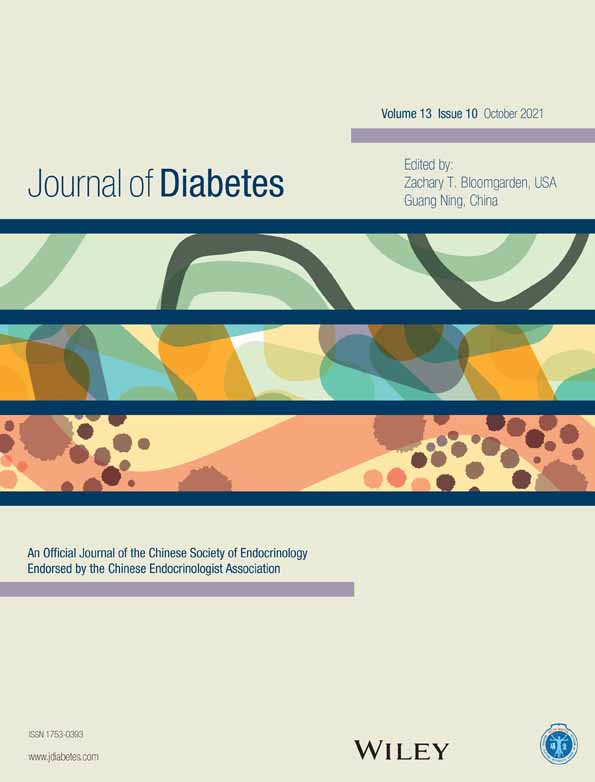Efficacy and safety of low-dose naltrexone in painful diabetic neuropathy: A randomized, double-blind, active-control, crossover clinical trial
低剂量纳曲酮治疗疼痛性糖尿病神经病变的疗效和安全性:一项随机、双盲、主动对照、交叉临床试验
Place of Study: Departments of Pharmacology and Endocrinology, Postgraduate Institute of Medical Education and Research, Chandigarh, India.
Abstract
enBackground
There is a need for newer therapies for chronic painful diabetic neuropathy as the existing drugs have their own limitations. Clinical trials on low-dose naltrexone (1-5 mg/d) showed efficacy and safety in certain chronic painful conditions, but not in painful diabetic neuropathy. Hence the present study was planned.
Methods
Sixty-seven participants with painful diabetic neuropathy were randomized to receive either 2 mg naltrexone or 10 mg amitriptyline daily following a 2-week run-in period. The participants were followed up every 2 weeks for a total of 6 weeks. Up-titration was done (to 4 mg naltrexone or 25/50 mg amitriptyline) if the pain reduction was less than 20% on the visual analog scale (VAS) during the next follow-up visit. Efficacy was assessed using the change in VAS score at the end of 6 weeks from baseline. Safety was evaluated at each follow-up visit. After 2 weeks of washout period, the participants were crossed over to receive the comparator drug for another 6 weeks with similar evaluations.
Results
The difference (confidence interval) in the change in VAS score between groups from baseline was 1.64 (−0.92 to 4.20) in per-protocol analysis and 1.5 (−1.11 to 4.13) in intention-to-treat analysis. Eight and fifty-two adverse events were reported in the naltrexone and amitriptyline groups, respectively (P < .001). The most common adverse events were mild diarrhea with naltrexone and somnolence with amitriptyline.
Conclusions
Low-dose naltrexone exhibited similar efficacy and a superior safety profile compared with amitriptyline in painful diabetic neuropathy.
摘要
zh背景
由于现有药物有其自身的局限性,因此需要新的治疗方法来治疗慢性痛性糖尿病神经病变。低剂量纳曲酮(1-5 mg/d)的临床试验显示,在某些慢性疼痛情况下,纳曲酮是有效和安全的,但对痛性糖尿病神经病变无效,因此我们计划了本研究。
方法
67名患有痛性糖尿病神经病变的患者被随机分为两组,每天服用2毫克纳曲酮或10毫克阿米替林。参与者每2周随访一次,共6周。在下一次随访中,如果疼痛减轻在视觉模拟评分(VAS)上小于20%,则进行向上滴定(纳曲酮4 mg或阿米替林25/50 mg)。根据基线后6周末VAS评分的变化来评估疗效。在每次随访时对安全性进行评估。经过2周的洗涤期后,参与者被交叉接受另一组6周的对照药物,进行相似的评估。
结果
两组间VAS评分相对基线变化的置信区间分别为1.64(-0.92~4.20)(完成治疗分析) 和1.5(-1.11~4.13)(治疗意向分析),纳曲酮组和阿米替林组分别报告了8和52个不良事件(P<0.001)。最常见的不良反应是纳曲酮引起的轻度腹泻和阿米替林引起的嗜睡。
结论
与阿米替林相比,低剂量纳曲酮治疗痛性糖尿病神经病变具有相似的疗效和更好的安全性。
CONFLICT OF INTEREST
The authors have no conflict of interest pertaining to this study.




